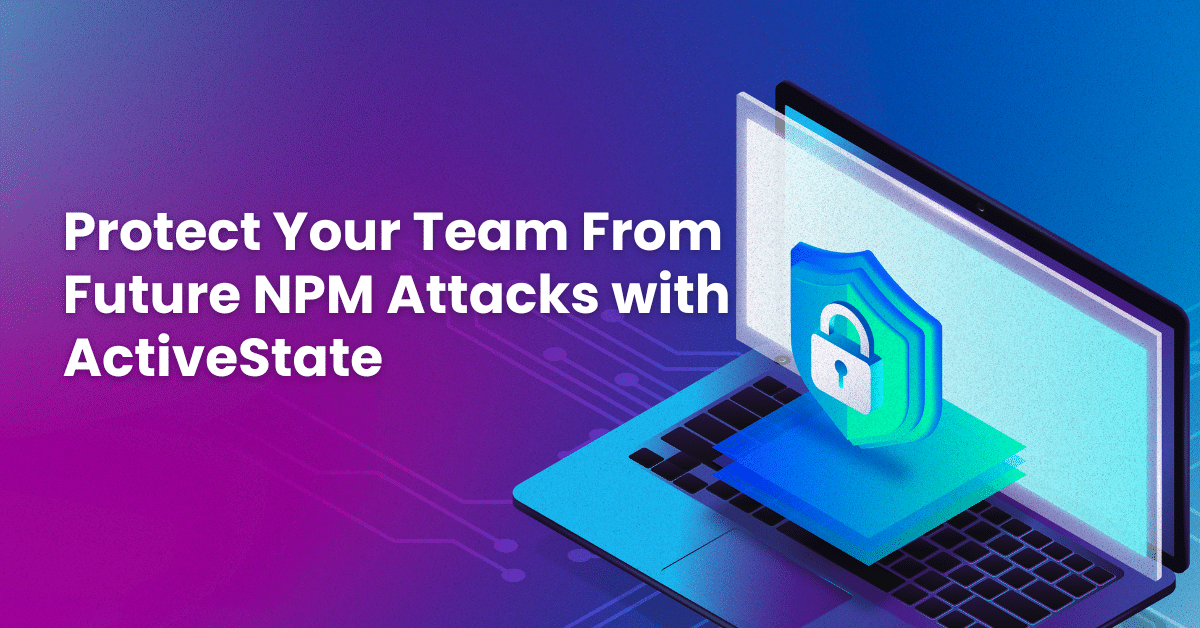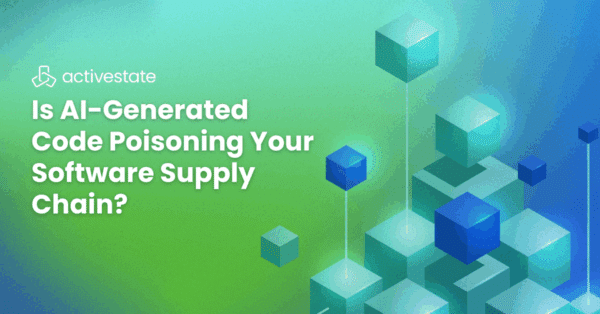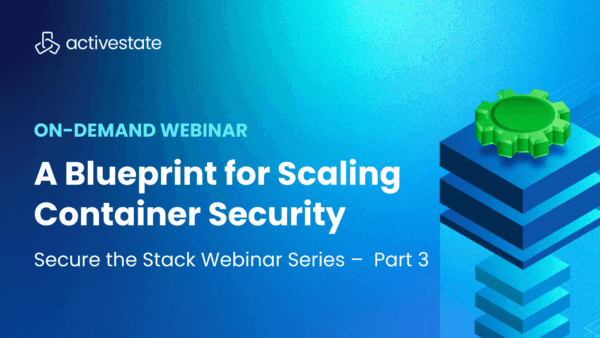Update – November 24th, 2025: Security researchers discovered a new wave of the “Shai Hulud” supply chain attack that originated back in September of this year. Timed right before nmp’s deadline for revoking old tokens, this “Second Coming” attack has already impacted ~492 packages including popular packages from Zapier, Posthog, and Postman. For a full technical analysis check out this write up from Aikido
To learn more about the timeline of Shai Hulud attacks and what you can do to protect yourself from future supply chain attacks read on!
October is Cyber Security Awareness Month—a timely reminder that vigilance is not a one-week exercise, but a year-round necessity. Even weeks after the initial headlines fade, incidents like the Shai-Hulud npm worm show why we must keep the conversation going. Just days after the npm ecosystem was rocked by a major software supply chain attack, a new and more sophisticated threat has emerged: the Shai-Hulud worm. First detected on September 16th, 2025, Shai-Hulud compromised nearly 500 npm packages, including the widely used @ctrl/tinycolor (with over 2.2 million weekly downloads). This incident has sent shockwaves through the JavaScript and DevSecOps communities, raising urgent questions about the safety of open source software supply chains.
The impact and sophistication of this malware is not to be understated. Think of Shai-Hulud like a computer worm that sneaks into popular JavaScript packages installed from npm, then uses those packages as a way to crawl into developers’ machines and steal secrets. If it finds npm or GitHub tokens, it can publish new malicious versions of other packages owned by that account.
For detailed technical writeups on the impact of the malware, both StepSecurity and Socket have published in-depth analysis.
While the origin of this attack is not fully clear, it appears likely to be a result of the s1ngularity/Nx compromise in late August. This incident highlights once again that the software supply chain is one of the biggest blind spots in modern development.
The good news is that attacks like this can be prevented, or at the very least contained with a smarter approach to dependency management – a problem the ActiveState component catalog was specifically designed to solve.
What Is Shai-Hulud? A Self-Replicating Software Supply Chain Worm
Unlike most attacks that rely on CVEs or known vulnerabilities, Shai-Hulud exploits the trust and interconnectedness of the npm ecosystem. Shai-Hulud is a self-propagating malware that leverages compromised npm maintainer accounts to inject malicious code into legitimate packages. Once a package is infected,and introduced into a developer or production environment, the worm steals secrets (npm, GitHub, AWS, GCP tokens) and uses those credentials to publish even more malicious packages. It then exfiltrates this data to public GitHub repositories, sometimes making private code and sensitive credentials visible to the world. This creates a cascading, worm-like effect, spreading to more accounts and packages with each cycle.
The Anatomy of the Attack
- Stage 1: Credential Harvesting – Malware scans for secrets in local files, environment variables, and cloud endpoints.
- Stage 2: Internal Code Scanning – Using stolen tokens, the worm scans private GitHub repos for more secrets.
- Stage 3: Self-Replication – Malicious code is injected into all packages the compromised developer controls, which are then published as new (infected) versions.
- Stage 4: Data Exfiltration – Stolen secrets are uploaded to attacker-controlled GitHub repos or via malicious workflows.
- Stage 5: Amplification – The worm makes private repos public and spreads further, maximizing exposure and risk.
This attack is highly automated, persistent, and designed to scale. Even a single infected developer can trigger a new wave of infections, making remediation and containment extremely difficult.
Why the npm Software Supply Chain Is So Vulnerable
Shai-Hulud is not an isolated event. It is part of a disturbing trend—attackers are increasingly targeting open source package registries because of their central role in modern development. Infecting a popular package can impact millions of downstream users, far outpacing traditional attack vectors. The interconnectedness of the npm ecosystem, combined with weak account security and lack of robust provenance verification, makes it a prime target for sophisticated software supply chain threats.
As seen in prior incidents (e.g., the August Nx compromise), attackers use phishing, social engineering, and automation to compromise maintainers and inject malware into the software supply chain. Once inside, the damage can be catastrophic—leaking secrets, exposing private code, and enabling further attacks.
How ActiveState Protects Against Software Supply Chain Attacks
While the scale and sophistication of threats like Shai-Hulud are alarming, organizations can prevent or contain these attacks by treating software supply chain security as a first-class concern. ActiveState’s Managed Service for secure components, runtimes and container images is purpose-built for this challenge. It starts with a curated, verified component catalog—ensuring only trusted and vetted open source packages are available for use, which dramatically reduces exposure to compromised dependencies. Every component in the catalog is built from source and cryptographically verifiable, guaranteeing that every component is what it says it is, with no hidden malware or drift.
Using these components, ActiveState automates the generation of both custom runtimes and hardened container images. These artifacts provide low-to-no CVE environments for development and deployment and include a Software Bills of Materials (SBOMs) providing full traceability for compliance and incident response. Every custom artifact is continuously scanned for vulnerabilities and patched at a component level according to our industry leading SLAs. Finally, all artifacts seamlessly integrate with CI/CD pipelines like GitHub Actions, GitLab CI, and Jenkins to ensure the open source software you depend on remains secure and policy-compliant.
Best Practices for Defending Against Future npm Attacks
Defending against sophisticated software supply chain attacks like Shai-Hulud requires a proactive, multi-layered approach. First and foremost, enforce strong account security across your development ecosystem by using phishing-resistant multi-factor authentication—such as hardware security keys—for all npm and GitHub accounts. Regularly audit all npm dependencies in use and leverage automated tools to detect and block known-compromised packages before they can enter your software supply chain.
If a compromise is suspected, it’s critical to immediately revoke and rotate all tokens and keys to prevent further damage. Automating software supply chain controls is essential: services like ActiveState streamline the generation of SBOMs, automate vulnerability scanning and patching, and enforce security policies, greatly reducing the manual burden on your security teams. Additionally, always follow secret management best practices—never hardcode credentials in codebases, and use environment variables or dedicated secret managers to ensure that access is tightly scoped and follows the principle of least privilege.
Conclusion: Take Ownership of Your Software Supply Chain Security
It is easy to view Shai-Hulud as an isolated event, but it’s part of a larger pattern. Over the past few years, we have seen similar compromises in other ecosystems. Attackers are drawn to the software supply chain because it allows them to scale—infecting a single package with millions of downloads is far more effective than attacking individual machines one by one.
The only sustainable defense is to treat software supply chain security as a first-class concern. That means taking ownership of what code enters your systems and how that code is verified.
As we recognize Cyber Security Awareness Month, it’s a crucial reminder that these conversations—and the actions that follow—can’t be limited to October. Vigilance, investment in secure development practices, and proactive adoption of platforms like ActiveState must be ongoing priorities for every organization that relies on open source. Let’s use this month as a catalyst to build lasting habits and resilient software supply chains for the future.
Sources: ReversingLabs, UpGuard, StepSecurity, Socket, Drew DeVault, Dan Lorenc







